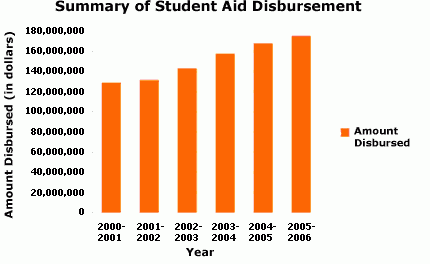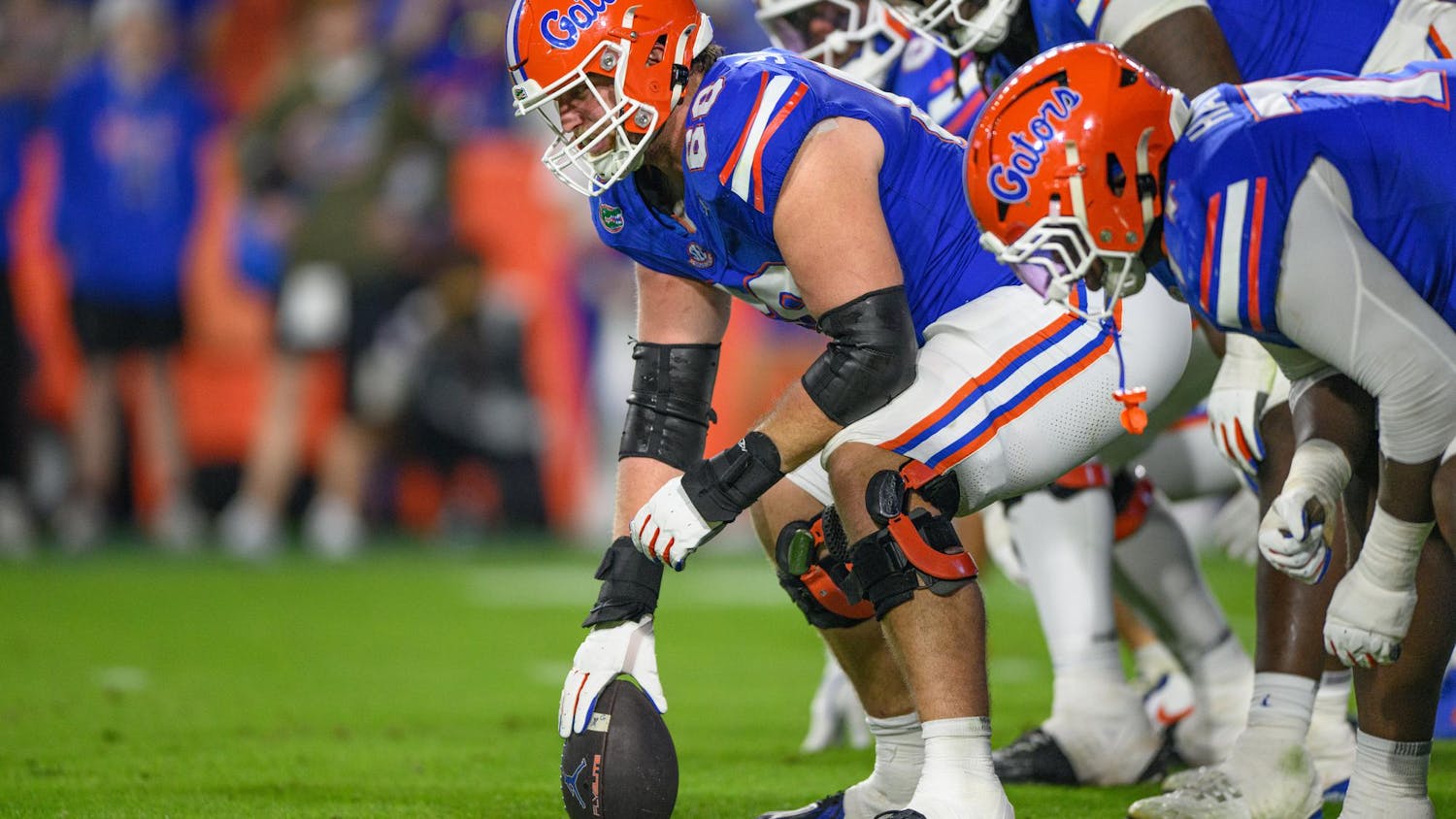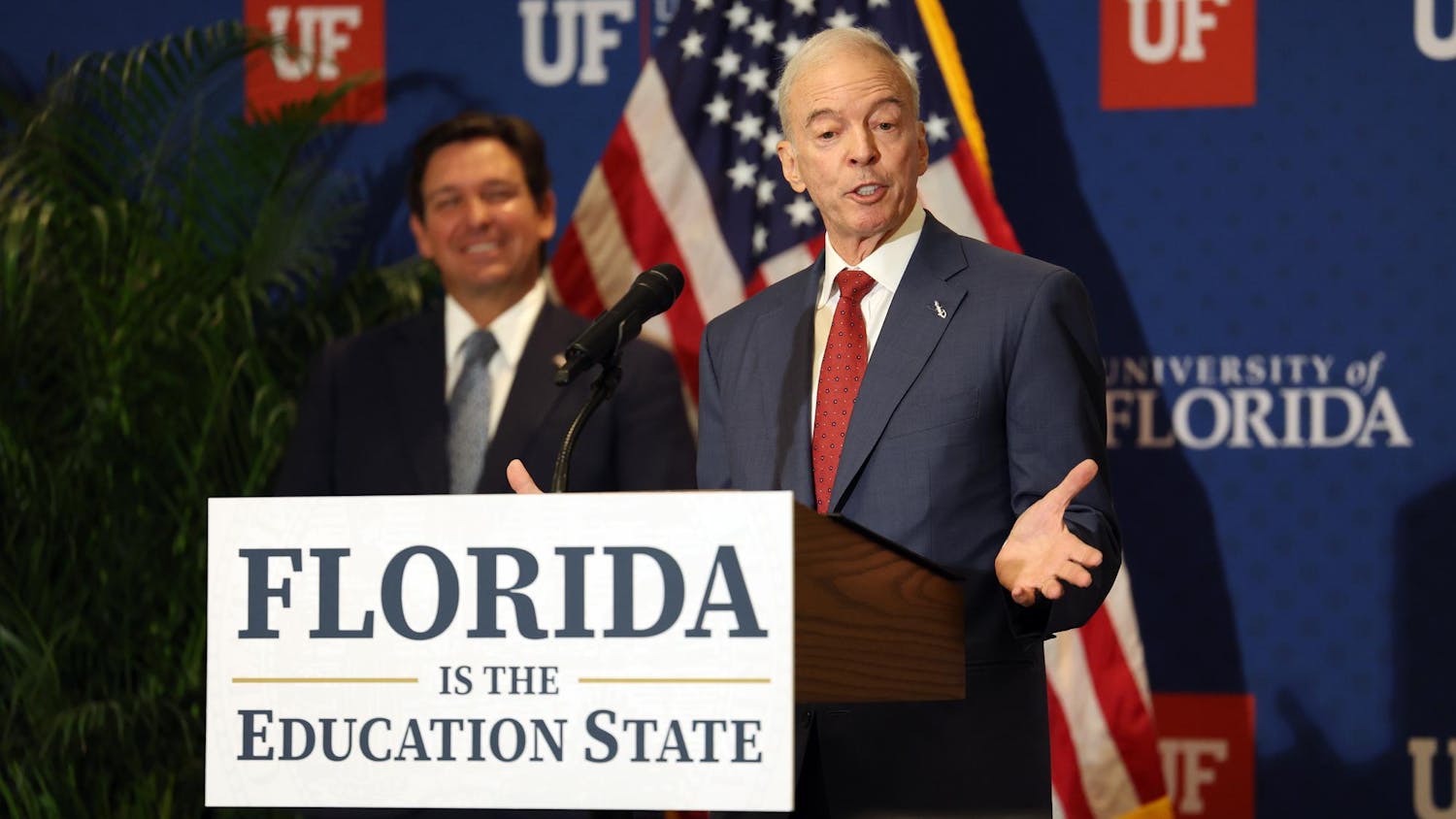During her study abroad program last summer, Anne Lesser trekked through Europe, studied at the University of Cambridge in England and landed in debt.
Lesser is one of many students who take out loans and accumulate debt to cover the costs of college life.
Lesser, a 22-year-old who graduated from UF in December, opened a second credit card and took out an $8,000 loan to pay for her experiences in Europe.
"I wasn't in any debt before I studied abroad," Lesser said. "The airline ticket, the traveling, the tuition and the eating out were expensive."
She said the weaker value of the dollar in Europe didn't help her finances either.
Almost 43,000 UF students received some sort of aid, whether from loans or scholarships, during the 2005-2006 academic year, according to UF's Student Financial Affairs Fact Book.
UF Associate Director of Financial Aid Advising Rick Wilder said 17,520 UF students received student loans during the 2005-2006 academic year.
Subsidized student loans are need-based loans, where the federal government pays the interest until six months after graduation, Wilder said. Unsubsidized student loans are non-need-based loans, and interest accrues while in school, he said.
"All recipients must receive counseling to explain all the rights and responsibilities of taking out loans," Wilder explained.
The average loan indebtedness for a UF undergraduate student who graduated in the 2005-2006 school year was $15,045, Wilder said.
Lesser took out a private, 20-year loan with an 11 percent interest rate through her bank. She said taking out the loan was an easy process.
Private student loans totaled $17.3 billion and accounted for 20 percent of all education borrowing from 2005 through 2006, according to a 2006 study by the College Board.
The study said private loans carry higher interest rates than federal loans, especially for students with poor credit ratings.
Sallie Mae, the largest student loan provider in the U.S., for example, is under investigation for misleading sales tactics. Scarce federal funds and economic instability may cause the company to lose government subsidies.
Lesser said she would like to pay off her loan within five years but is not sure it will happen.
"I'm planning on going to law school," Lesser said. "I imagine I will have to take out more loans, but it all depends on where I go to school."
Her loan payments will begin six months after graduation. However, she said her interest is still accumulating.
Her decision to open a second credit card led to some credit card debt.
"I was always on a budget so I knew what I was getting myself into," Lesser said.
Lesser now works two jobs to stay afloat. During the day, she works as a substitute teacher, and at night, she works in her father's office.
Her paychecks go toward paying off her Visa and American Express, and in June, she will begin payments on her student loan.
For T. Craig Tapley, a senior lecturer of finance at UF, students getting credit cards is a personal pet peeve.
"My problem is not that students have credit cards," Tapley said. "My problem is that they don't understand the ramifications of a credit card."
He quoted a 2004 study conducted by Nellie Mae.
The study said only 21 percent of students with credit cards pay off their balance each month, and 11 percent don't even make the minimum payments.
"Not making your payments can affect your credit score," Tapley said. "Your credit score is important because a lot of people look at it."
He said when renting an apartment and applying for a cell phone or car insurance, these companies will look at your credit score.
"If your credit score is bad, you're going to pay more money," Tapley said.
The Nellie Mae study reported 56 percent of incoming college students had credit cards by age 18. By graduation, 56 percent had at least four credit cards, and their average balance was $2,864.
However, Lesser does not regret taking out loans to finance her study abroad trip because she said it was worth the price.
"Even though I owe money, I wouldn't take back anything I did," she said.
Nestor Ramos, a recent UF aerospace engineering graduate, owes $25,000 in UF student loans. To avoid asking his family for money, Ramos took out loans to pay for undergraduate school.
He will make his first payment of $160 in a few weeks to begin paying off his loans.
"I am adamant about getting it paid off," Ramos said. He plans to make small payments at first until he piles up extra income from his new job in Orlando as an engineer with Lockheed Martin.
Ramos plans to keep up with his loan and credit card payments.
"I wanted to make sure I only have one credit card so that I have a good credit rate," he said.
By the time he pays off his loans, Ramos regrettably said, he will have paid just as much in interest.






